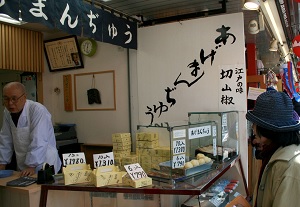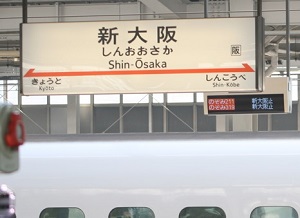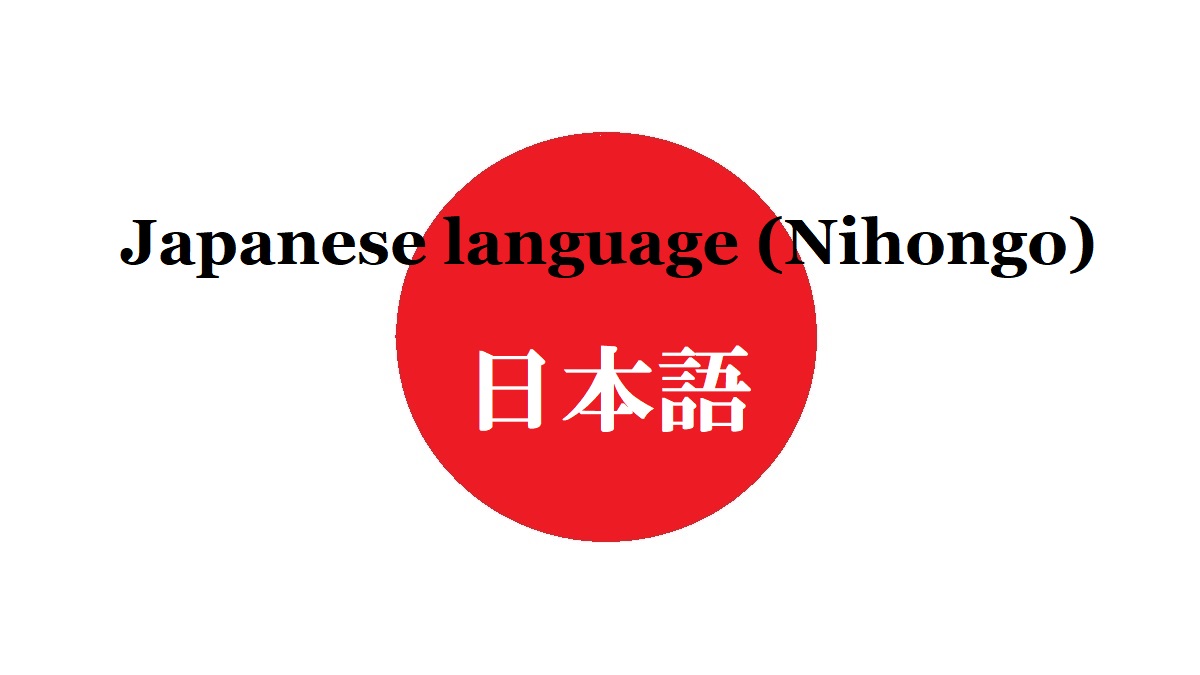Hiragana characters

Hiragana characters at a Japanese sweets shop in Asakusa of Tokyo
Hiragana is the basic character set for Japanese.
Even if you write Japanese sentences only in Hiragana, you can convey your messages completely.
In common Japanese sentences, stem of verb and adjective, and many of nouns are replaced to Kanji character as possible.
And, the other parts are written in Hiragana.
Of course, it doesn’t mean that Kanji is more important than Hiragana.
Hiragana is the base of Japanese grammar and Kanji is the character that we can catch the meaning of the word visually in a moment.
There is no Japanese sentence without Hiragana.
When you travel around Japan, you see many words of only Kanji.
They are almost the words of noun.
Hiragana is taught first in elementary school in Japan.
Then, the students learn Katakana and Kanji from the latter half of the 1st grade of elementary school.
They write a composition in only Hiragana at first, then they come to be able to write a composition with many Kanji characters and Katakana when they graduate the junior high school.
Know that Hiragana is the character set which is the base of Japanese.
Table of Hiragana
The following tables include all Hiragana characters.
As you can see, all Hiragana characters correspond to Japanese syllable.
All Japanese words and sentenses consist of only the syllables.
(Please read the page of Pronunciation of Japanese language.
The orange-colored and green-colored parts are the syllables that the pronunciation has been changed for a long time.)
| a あ |
i い |
u う |
e え |
o お |
||||
| ka か |
ki き |
ku く |
ke け |
ko こ |
kya きゃ |
kyu きゅ |
kyo きょ |
|
| sa さ |
shi し |
su す |
se せ |
so そ |
sha しゃ |
shu しゅ |
sho しょ |
|
| ta た |
chi ち |
tsu つ |
te て |
to と |
cha ちゃ |
chu ちゅ |
cho ちょ |
|
| na な |
ni に |
nu ぬ |
ne ね |
no の |
nya にゃ |
nyu にゅ |
nyo にょ |
|
| ha は |
hi ひ |
fu ふ |
he へ |
ho ほ |
hya ひゃ |
hyu ひゅ |
hyo ひょ |
|
| ma ま |
mi み |
mu む |
me め |
mo も |
mya みゃ |
myu みゅ |
myo みょ |
|
| ya や |
(i) (い) |
yu ゆ |
(e) (え) |
yo よ |
||||
| ra ら |
ri り |
ru る |
re れ |
ro ろ |
rya りゃ |
ryu りゅ |
ryo りょ |
|
| wa わ |
(i) (い) |
(u) (う) |
(e) (え) |
o を |
||||
| n ん |
| ga が |
gi ぎ |
gu ぐ |
ge げ |
go ご |
gya ぎゃ |
gyu ぎゅ |
gyo ぎょ |
|
| za ざ |
ji じ |
zu ず |
ze ぜ |
zo ぞ |
ja じゃ |
ju じゅ |
jo じょ |
|
| da だ |
ji ぢ |
zu づ |
de で |
do ど |
ja ぢゃ |
ju ぢゅ |
jo ぢょ |
|
| ba ば |
bi び |
bu ぶ |
be べ |
bo ぼ |
bya びゃ |
byu びゅ |
byo びょ |
|
| pa ぱ |
pi ぴ |
pu ぷ |
pe ぺ |
po ぽ |
pya ぴゃ |
pyu ぴゅ |
pyo ぴょ |
Ancient Japanese people used Kanji characters imported from China to write Japanese sentence.
For each Japanese syllable, a Kanji character with similar Chinese sound was selected.
Because it takes a lot of trouble to write Kanji character, the characters gradually became cursive style to speed up the writing.
As the centuries roll by, the characters were simplified, then they became Hiragana.
It is assumed that Hiragana was formed around the 10th century.
Details of Hiragana

A sign of Shin-Osaka station of Shinkansen
The languages using alphabet have upper-case and lower-case letters.
But Hiragana doesn't have such different letter set.
Instead, there are a few small characters for special function.
The syllable of “consonant + 'y' + vowel” is written as “character of 'i' column + small character of 'y' row”, as above.
And, small “tsu” character is used as the sign of pause sound.
For example,...
Hokkaidou = ほっかいどう
Sapporo = さっぽろ
Each character in Dakuon group is made by adding two dots like double acute to the corresponding character in Seion group.
Only “h” row is unusual.
Phonetically, there is not voiced “h” consonant.
But “b” consonant corresponds to the voiced “h” in Japanese.
And original unvoiced consonant “p” is made by adding a sign of small circle to the character with “h” consonant.
The relation between Seion and Dakuon often appears at the time of inflection or combination of words.
But the rule is not so regular.
Therefore, you should worry about that.
Long vowel is often changed to an easy and smooth long vowel in conversation.
Especially, the original syllables of the long vowels of "e" and "o" are mainly "ei" and "ou".
For example,...
Tokyo = Tôkyô = Toukyou = とうきょう
Kyoto = Kyôto = Kyouto = きょうと
Japanese punctuation
As an additional explanation, I write about Japanese punctuation.
In Japanese, it has some punctuation marks.
The function is the same as English ones.
But the form is a little different.
Japanese comma is a short line to the lower right.
And Japanese period is a small circle.
Quotation mark is a right-angled line.
Question mark and exclamation mark are the marks from English, but they are used in the same way.
For example,...
[ENG] We will soon make a brief stop at "Kyoto". (Announcement in Shikansen train)
[JPN] Mamonaku, "Kyôto" ni tomarimasu. =
まもなく、「京都」に停まります。


